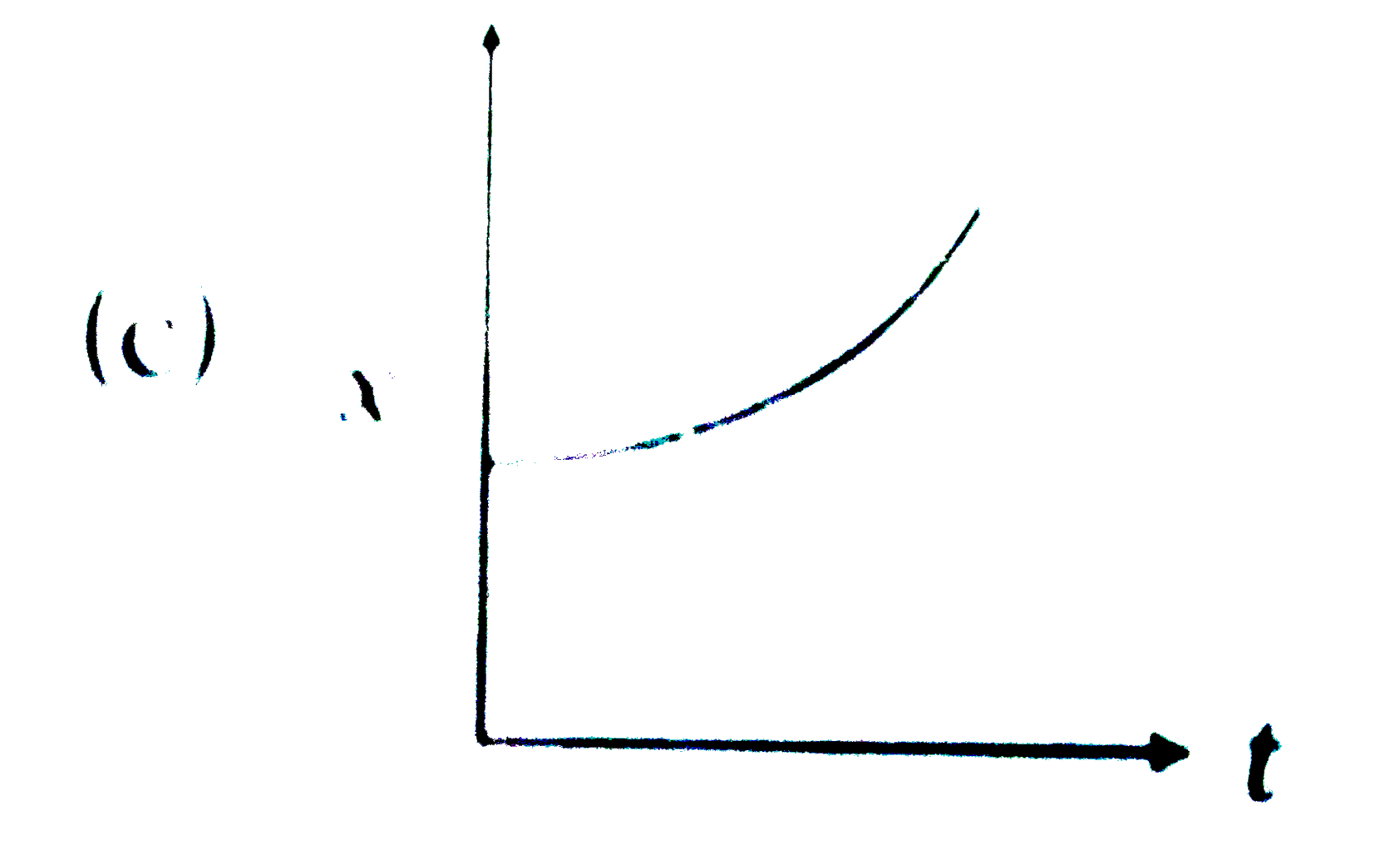The displacement of a particle in motion is given in terms of time by
the particle executes
the particle executes oscillatory motion which is not
the motion of the particle is neither oscillatory nor simple harmonic
the particle is not acted upon by a fprce when it is at
The correct Answer is:A
The particle executes
Topper's Solved these Questions
- BOOK - NARAYNACHAPTER - OSCILLATIONSEXERCISE - NCERT BASED QUESTIONS1videos
OSCILLATIONS
- BOOK - NARAYNACHAPTER - OSCILLATIONSEXERCISE - MULTIPLE ANSWER QUESTIONS23videos
OSCILLATIONS
- BOOK - NARAYNACHAPTER - OSCILLATIONSEXERCISE - LEVEL -II (C.W)36videos
OSCILLATIONS
- BOOK - NARAYNACHAPTER - NEWTONS LAWS OF MOTIONEXERCISE - PASSAGE TYPE QUESTION6videos
NEWTONS LAWS OF MOTION
- BOOK - NARAYNACHAPTER - PHYSICAL WORLDEXERCISE - C.U.Q10videos
PHYSICAL WORLD
Similar Questions
The displacement x (in metre ) of a particle in, simple harmonic motion is related to time t ( in second ) as
x=0.01cos(πt+π4)
the frequency of the motion will beView SolutionThe particle is moving such that its displacement along x-axis as a function of time is given by x(x−6)=1−10cosωt. Find amplitude, time period and mean position.
View Solution
Knowledge Check
- Question 1 - Select One
The displacement x of a particle in a straight line motion is given by x=1−t−t2. The correct representation of the motion is
A B
B C
C D
D
- Question 2 - Select One
The displacement of a particle executing simple harmonic motion is given by y=A0+Asinωt+Bcosωt. Then the amplitude of its oscillation is given by
AA+BBA0+√A2+B2C√A2+B2D√A20+(A+B)2 - Question 3 - Select One
The displacemeent of a particle is given at time t by x=Asin(−2ωt)+Bsin2ωt. Then,
Athe motion of the particle is SHM with an amplitude of √A2+B24Bthe motion of the particle is not SHM, but oscillatory with a time period of T=πω.Cthe motion of the particle is oscillatory with a time period of T=π2ω.Dthe motion of the particle is a not periodic
The displacement of a particle performing simple harmonic motion is given by, x=8 sin ωt+6cos ωt, where distance is in cm and time is in second. What is the amplitude of motion?
View SolutionThe displacement s of a particle at time t is given by s=αsinωt+βcosωt then acceleration at time t is
View SolutionThe displacement of a particle executing a S.H.M. is given by x= A "sin" ωt+Acosωt. What is the amplitude of motion ?
View SolutionThe displacement of a particle is given by x=cos2ωt. The motion is
View SolutionThe instantaneous displacement x of a particle executing simple harmonic motion is given by x=a1sinωt+a2cos(ωt+π6). The amplitude A of oscillation is given by
View Solution

